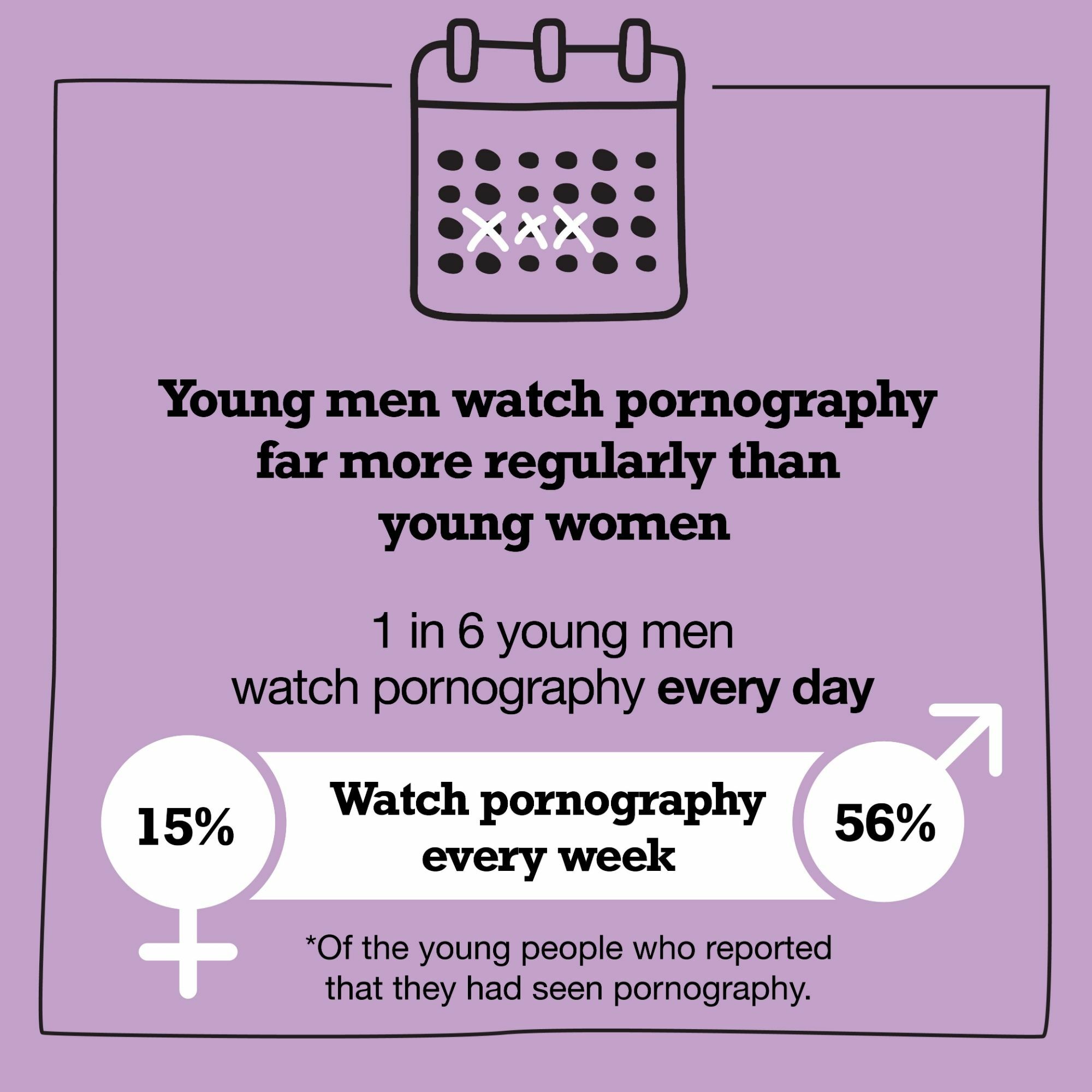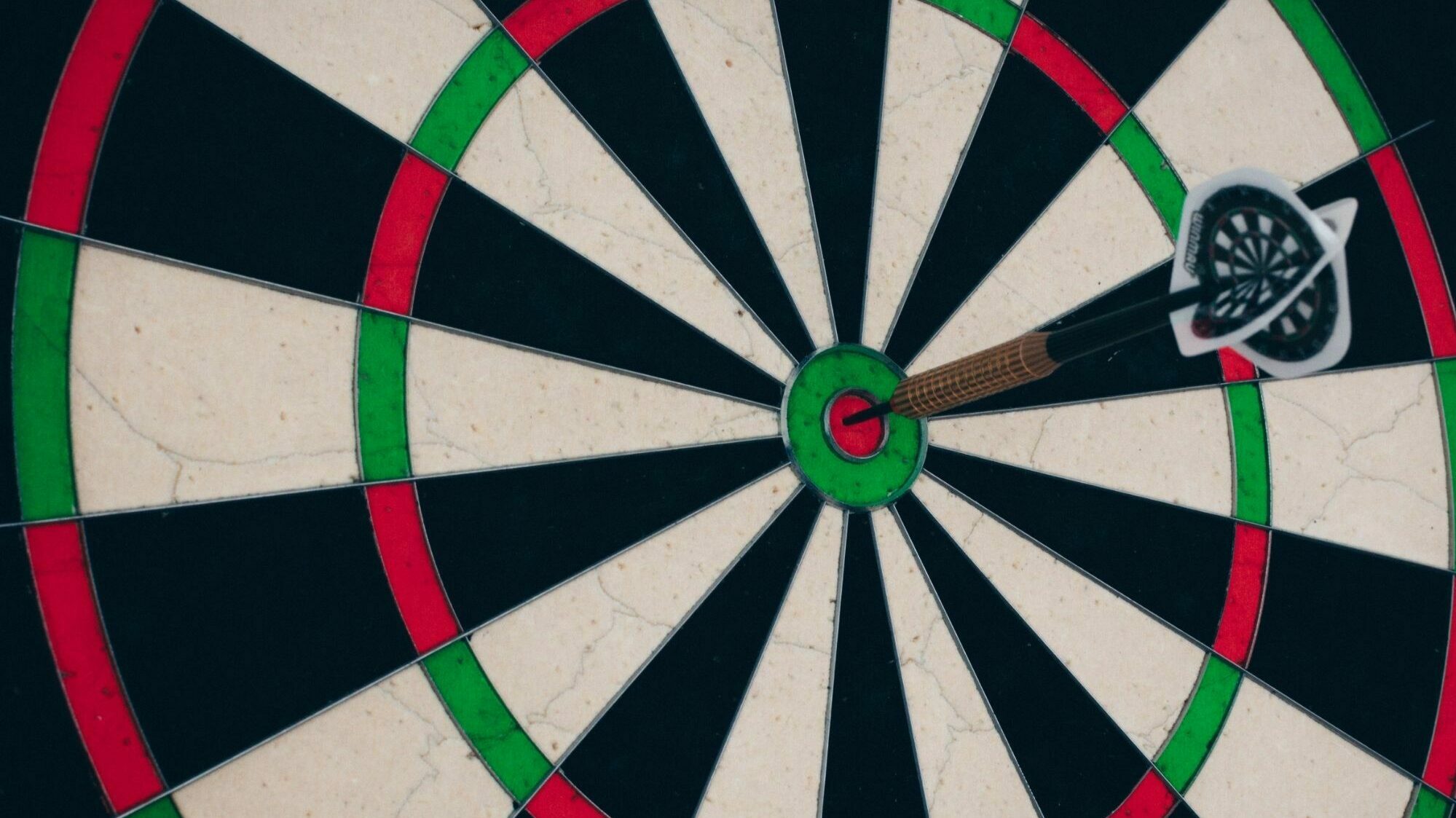Pornography (sexually explicit media, primarily intended to sexually arouse the audience) is a powerful medium for conveying messages about sex, relationships, men’s and women’s roles and masculinity and femininity.
Like other forms of media, pornography both reproduces social norms about these issues. But it also helps to shape social norms in key ways.
This impact can be particularly significant among young people, because adolescence is a time when identities and relationships are being developed.
Young people and pornography
Our Watch’s research with almost 2,000 young people, aged 15-20, from around Australia found that young people are exposed to pornography at high rates, both accidentally and intentionally.
Young men are more likely than young women to see pornography younger, and to use it more frequently.

Our Watch’s research also found that young people have a mix of feelings about pornography, often holding conflicting views at the same time. Some report viewing pornography as entertaining or arousing, but at the same time express concern or discomfort about what they are seeing.
Although most young people don’t think pornography is a good way to learn about sex, 60% of young men and 41% of young women still use pornography as a source of sex education. This conflict suggests that young people are beginning to consider some of the potential negative impacts of pornography, but that they need more support to help them think critically about pornography.
Relationships and sexuality education that explicitly addresses pornography and promotes critical media and digital literacy plays a key role in minimising the potential harms of pornography exposure among young people.





